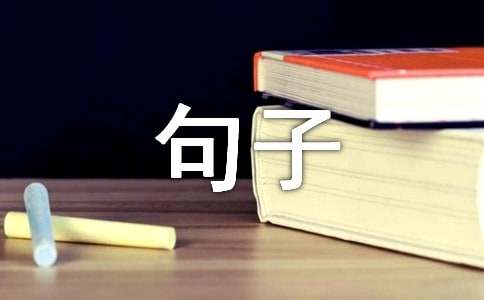- 相關推薦
淺談英漢句子結構差異
畢業論文
xAbstract
This thesis discusses the differences of sentence structure between English and Chinese and how to minimize the negative effect caused by these differences in translation, by analyzing a lot of examples. English and Chinese belong to entirely different language systems (Indo-European vs. Sino-Tibetan). Not surprisingly, there are vast differences between the two. Sentence structure is one of the areas in which great differences exist. This paper examines and analyzes these differences from the following four prospectives: hypotactic and paratactic, impersonal and personal, passive and active, indirect and direct aspects. Then proposals are offered as to how to bridge the gap in the above aspects in translation (mainly from English into Chinese). Three methods are suggested. Examples are taken from Leslie’s short story: “Don’t Get Comfortable” and other sources.
Key words: English; Chinese; differences; sentence structure
摘 要
本文通過分析大量實例來討論英漢句子結構存在何種差異;以及在翻譯中如何避免該差異產生的消極影響。由于英漢分別屬于兩種完全不同的語言體系(英語屬印歐體系;漢語屬漢藏體系。) 毫無置疑,這兩種語言存在著許多的差異。其中,句子結構存在的差異最為明顯。文章主要從以下4個方面來考察和分析這些差異:形合與意合,物稱與人稱,主動與被動,間接與直接。并且提出1些建議克服這些差異對翻譯(主要是英譯漢)的影響,總結出3種翻譯方法。文章中所舉例子部分來自萊斯利的“不要只貪圖安逸”;部分來自其他參考文獻。
關鍵詞:英語;漢語;差異;句子結構

【淺談英漢句子結構差異】相關文章:
英漢習語的文化差異03-11
論英漢思維差異對翻譯的影響03-18
淺析英漢問候語差異02-28
英漢習語的文化差異及翻譯12-07
英漢被動結構比較分析03-12
淺談英漢主語的對比與轉換03-01
資本結構的地區差異研究03-20
淺析英漢親屬稱謂語差異03-18
照應在英漢互譯中的應用及其差異02-28